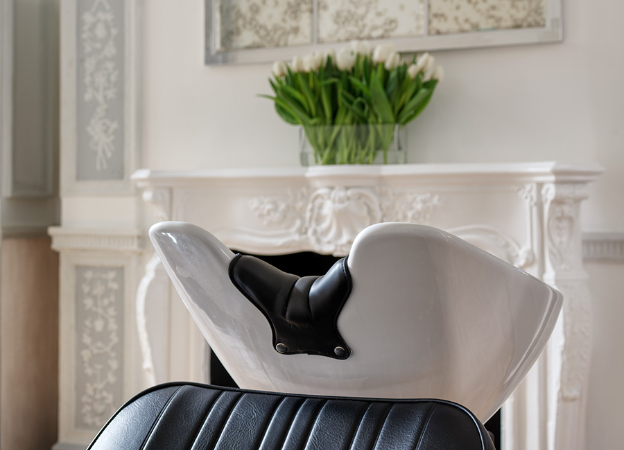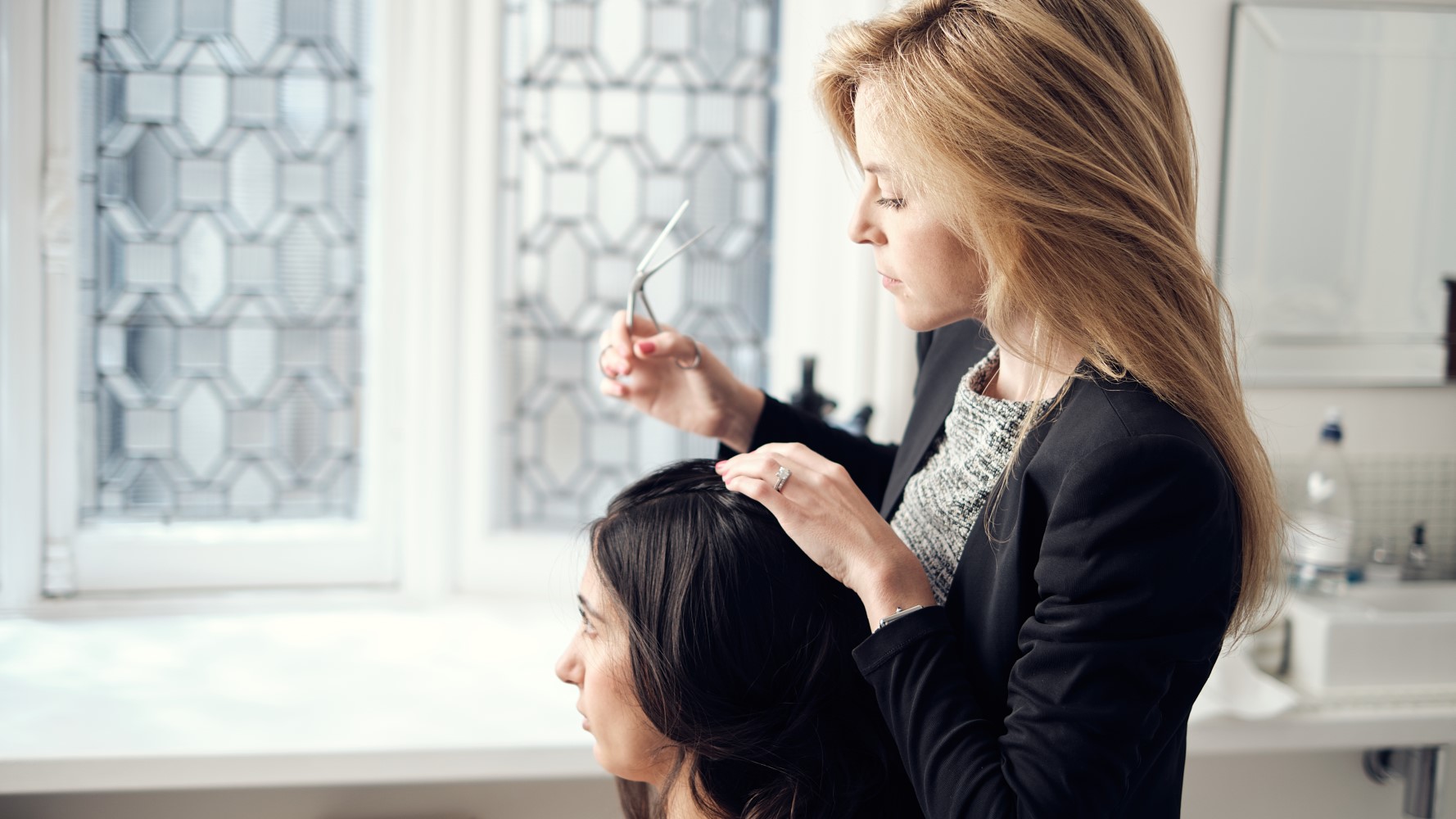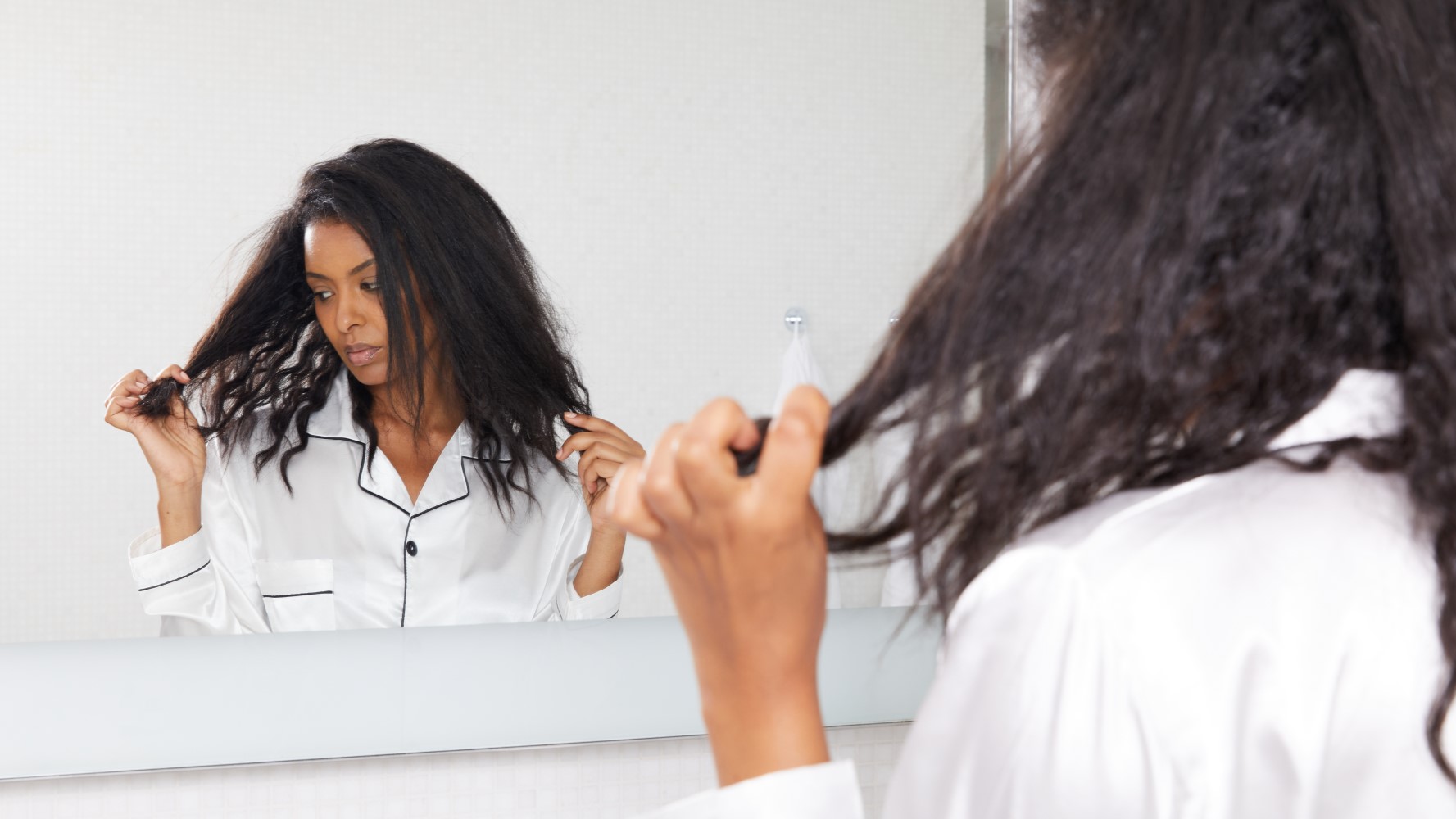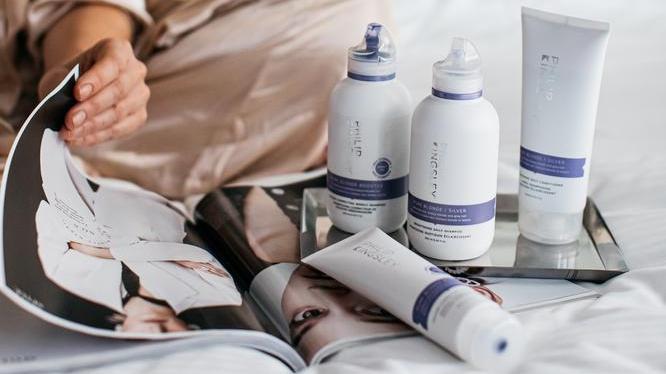Scalp Micropigmentation
Scalp Micropigmentation and Hair Loss
Last Reviewed: October 2021
Suitable for
Masking all forms of permanent hair loss (including Scarring Alopecia, Male Pattern Hair Loss, Female Pattern Hair Loss)
What is Scalp Micropigmentation?
Scalp micropigmentation is a type of minimally invasive medical tattooing, wherein specialised needles deposit pigment into the skin to mimic the appearance of hair. It can be used to simulate scalp hair and eyebrows, as well as helping to add definition to the eye in the event of eyelash loss. This technique has been used for some time in semi-permanent make-up, but its use in hair loss is relatively recent.
Practitioners use special pigments and follicle-sized needles to create the illusion of hair density on your scalp. Micropigmentation will not help you keep or grow back your hair — but it can help camouflage hair loss, and/or make it look as if new hairs are growing on bare areas of your scalp.
Since the ink does not penetrate as deeply as a body art tattoo, it will fade over time. This procedure typically lasts one to five years, so maintenance is minimal. Typically, a few sessions will be needed, using an ink layering technique to achieve a natural result in the desired shade. Scalp micropigmentation is suitable for several different types of hair loss — it can be used to add the appearance of density in cases of hair thinning, as well as to camouflage hair loss due to scars and burns. It can also be used in cases of extensive hair loss to create the illusion of a ‘shaved’ head — making it particularly suitable for Male Pattern Hair Loss.
One advantage of scalp micropigmentation is that it can be used in conjunction with most types of hair loss treatment. The obvious downside is that the final result is not 3D, so will never have the same appearance as ‘real’ hair, but the effect is very realistic, nonetheless. Scalp micropigmentation is not recommended in the case of some scalp conditions — as well as some medical conditions such as epilepsy and diabetes — although the procedure may be possible if the scalp condition is controlled with treatment. Allergic reaction to the pigments is possible, but uncommon. As with all types of treatment, it is important to ensure that the technician you choose is fully licensed and insured.
What Does Scalp Micropigmentation Involve?
Scalp micropigmentation is most commonly used to create the appearance of a full head of shaved hair. To do this, your practitioner will first consult with you about your desired hair line, colour and density. They will then use micro-needles and computer patterning to tattoo tiny, follicle-sized dots (or more typically, small lines that resemble hairs) over bare areas of your scalp.
If you wish to wear your hair longer (not shaved), micropigmentation can also be used to camouflage patches of bare scalp (or areas of sparse hair) by decreasing the contrast between your hair and scalp. This can help create the appearance of hair density.
Micropigmentation can also be used to generate the appearance of eyebrow hair that may have fallen out due to conditions such as frontal fibrosing alopecia, or hair loss after radiation therapy.
Concealer Products
For those seeking a temporary method of concealing their hair loss, concealer products can be a good option. Hair loss and thinning will tend to result in widening of the parting and greater visibility of the scalp, which tends to be most noticeable when there is a greater contrast between the colours of the hair and scalp.
Concealer products therefore help to make this contrast less noticeable, creating the appearance of increased hair density. One type available is hair fibres, consisting of tiny, hair-like fibres in a shade that matches your hair colour. Designed to cling electrostatically to your own hair, they are applied by sprinkling or spraying onto clean hair (prior to any styling products) in the desired areas, typically along the parting and frontal regions, where thinning may be most noticeable,
Spray products are another means of helping to conceal the appearance of the scalp, but they may look less natural than hair fibres, and may not be sweat or waterproof.
Whilst sprays and fibres can be a good option for hair thinning, they are not usually suitable for bald patches, since they require surrounding hair to cling to. For this, specialised products are available. Similar in texture to an eyeshadow, they are applied with an applicator and formulated not to budge even when you sweat or swim.
Whilst all concealer products must be reapplied daily, they can offer an effective solution for the appearance of hair thinning, especially whilst recovery from hair loss is taking place. Please note that care should be taken with hair fibres if topical treatments such as Minoxidil are being used, as the fibres may reduce the penetration of this. For this reason, it is recommended to shampoo the hair prior to application of Minoxidil, particularly if a thick layer of fibres have been applied.
Clinic Consultations
If you are concerned about hair loss, make an appointment to talk to one of our expert Trichologists at our Clinics in London or New York today. We will be delighted to assist you.




